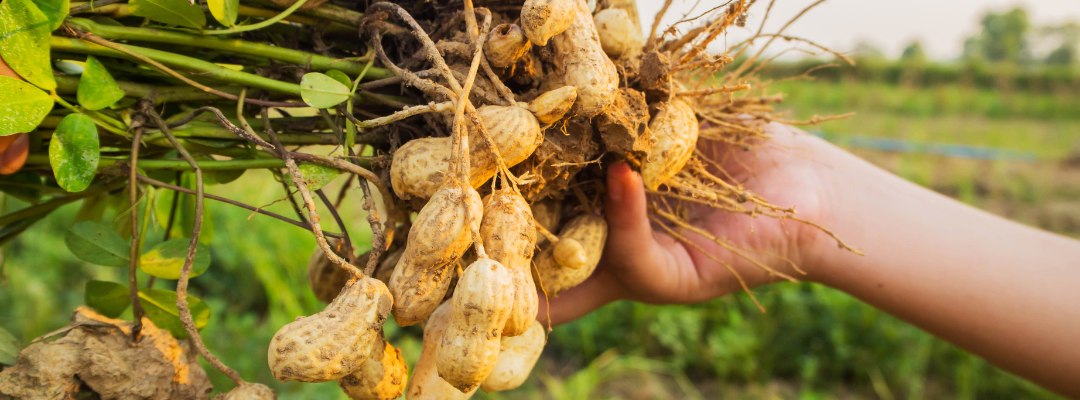The Nonrecourse Marketing Assistance Loan Program (MAL) is a marketing tool available for select commodities. Authorized through Title I of the farm bill, MALs provide cash to producers at harvest to allow storage and marketing of the crop for a nine-month period following harvest. Producers repay the MAL (with interest) or forfeit the crop that was pledged as collateral to the Commodity Credit Corporation (CCC). MAL rates are defined in the farm bill for each eligible commodity and are thus a point of negotiation in farm bill debates.
On May 1, 2024, the Senate Majority released their farm bill position, which details an escalator based on the percentage increase in cost of production compared to the previous five years, as estimated by the USDA Economic Research Service (ERS). There is a cap in the Senate Majority position of a 10% increase over the 2018 Farm Bill loan rates.
The House Committee on Agriculture then proposed new loan rates that are predominately 10% higher than the existing loan rates for the major crops listed in Table 1. This proposal passed out of Committee on May 24, 2024. Details of the two farm bill positions can be found in the May 24, 2024 Southern Ag Today article.
The purpose of this article is to explore the differences between the Senate Majority position and the House Ag Committee bill, as well as to illustrate the degree to which the MAL can be used as a marketing tool to cover operating costs of production. Table 1 shows the ERS cost of production estimates, FAPRI projected commodity prices, the current loan rate, and the proposed Senate and House MAL rates. The “percentage increase in operating cost” compares the 2024 estimate to the five-year average 2019-2023 operating costs. In all crops listed there is at least a 10% increase in operating costs compared to the previous five-year average, with rice operating costs estimated at a 16.7% increase. Therefore, the Senate position would trigger the 10% cap on the increase in MAL rates. This means that both the Senate position and House committee bill would result in the same loan rate at the present time for all but peanuts and cotton. There is an additional $0.50/ton in the Senate position for peanuts compared to the House bill. The calculation of the upland cotton loan rate is more complicated than illustrated in the Senate summary document. The 2018 Farm Bill specifies a range of $0.45-$0.52/lb for the loan rate. At a 10% increase, that would result in the Senate position of $0.50-$0.57/lb. The House bill specifies $0.55/lb, thus being higher or lower than the Senate position, depending on how it is implemented. Furthermore, the Senate position would require an annual calculation for all loan rates and then an adjustment based on the current 2018 Farm Bill loan rates.

The other question is the degree to which the MAL can be used as a marketing tool to provide short term funding compared to the operating cost of production for these crops. Table 2 shows the ratio of the 2018 loan rate to the 2018 operating cost per unit. For all but sorghum and upland cotton, the ratio was greater than 1.0, indicating coverage greater than 100% of the operating cost of production at the time the 2018 Farm Bill was written. The Senate proposal at the 10% loan rate increase and the House bill produce the same ratios for all but upland cotton. In both of these bills, there is a decrease in the ratio of the loan rate to the operating cost per unit for all crops other than barley and upland cotton. In fact, corn, oats, rice, sorghum, and upland cotton all have a ratio below 1, indicating loan amounts less than 100% of the operating cost of production. Farmers who use this marketing tool should consider this relationship to better understand how much of their operating costs can expected to be covered at harvest by this program.

References
Fischer, Bart. 2024. Battlelines Are Being Drawn: Comparing Current Farm Policy Proposals. Available at: https://southernagtoday.org/2024/05/24/battlelines-are-being-drawn-comparing-current-farm-policy-proposals/
Rabinowitz, Adam. “Current Farm Bill Negotiations for the Marketing Assistance Loan Program.” Southern Ag Today 4(26.1). June 24, 2024. Permalink








